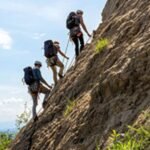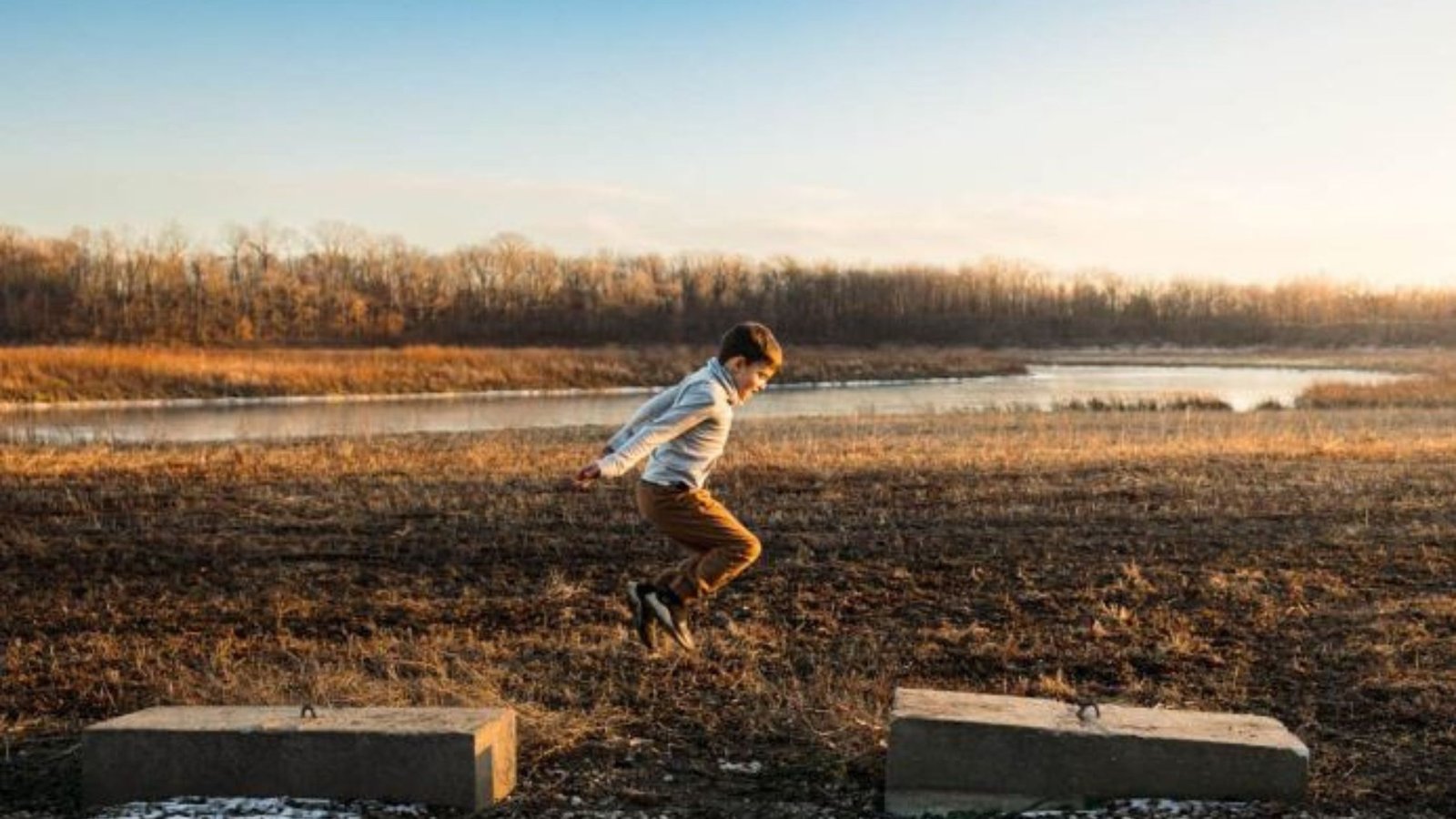When preparing for high-altitude outdoor adventures, effective training is key to success. Training at altitude requires a strategic approach to adapt your body and mind to reduced oxygen levels. This article outlines essential tips and techniques to optimize your preparation for such challenging environments.
Understanding Altitude Training
Altitude training involves acclimatizing your body to higher elevations where oxygen levels are lower. The primary goal is to improve your body’s ability to function efficiently in these conditions. This adaptation process involves cardiovascular adjustments and increased production of red blood cells to enhance oxygen transport.

Physical Conditioning
Begin your training with a focus on cardiovascular exercises such as running, cycling, or swimming. These activities improve your heart and lung efficiency, crucial for oxygen utilization at high altitudes. Interval training, alternating between high and low-intensity exercises, helps simulate the oxygen-deficient conditions you’ll encounter.
Strength Training
Incorporate strength training to build muscle endurance, which is essential for carrying gear and navigating rugged terrain. Focus on exercises targeting major muscle groups, including legs, core, and back. Bodyweight exercises, resistance bands, and weightlifting sessions contribute to overall strength and stamina.
Flexibility and Balance
Enhance your flexibility and balance through activities like yoga or Pilates. These exercises improve joint mobility, reduce injury risk, and aid in maintaining stability on uneven terrain. Balance exercises also help in navigating rocky or unstable surfaces typical of high-altitude environments.
Nutrition and Hydration
Maintain a balanced diet rich in carbohydrates, proteins, and healthy fats to fuel your body during training and at altitude. Increase your water intake to combat dehydration, a common issue in high-altitude settings. Electrolyte-rich beverages can replenish minerals lost through sweat and aid in hydration.
Mental Preparation
High-altitude adventures demand mental resilience. Practice mindfulness, meditation, or visualization techniques to enhance focus and manage stress. Mental training prepares you for the challenges of altitude, including altitude sickness and the physical demands of prolonged exertion.
Altitude Simulation
Whenever possible, incorporate altitude simulation into your training regimen. This can include hiking or running at higher elevations, using altitude tents, or visiting high-altitude locations for short periods. These experiences familiarize your body with reduced oxygen levels and aid in acclimatization.
Transition Words for Coherence
To ensure coherence in your training regimen, use transition words like “furthermore,” “additionally,” and “moreover” to connect ideas smoothly. For example, “Moreover, altitude simulation is crucial for acclimatization.” These words guide the reader through your training strategies effectively.
Active Voice Usage
Utilize active voice to maintain clarity and directness in your writing. For instance, instead of saying “Strength training should be incorporated,” opt for “Incorporate strength training.” This approach makes your instructions more actionable and engaging.
Conclusion
Preparing for high-altitude outdoor adventures requires a holistic training approach encompassing physical conditioning, strength training, flexibility, nutrition, hydration, and mental preparation. By integrating these strategies into your regimen with active voice and effective use of transitions, you can optimize your readiness for the challenges of high-altitude environments. Remember, consistent training and gradual acclimatization are key to enjoying a safe and successful adventure at altitude.
In conclusion, thorough preparation ensures you’re equipped physically and mentally for high-altitude challenges. Start training today with these active strategies to conquer your next outdoor adventure with confidence.











